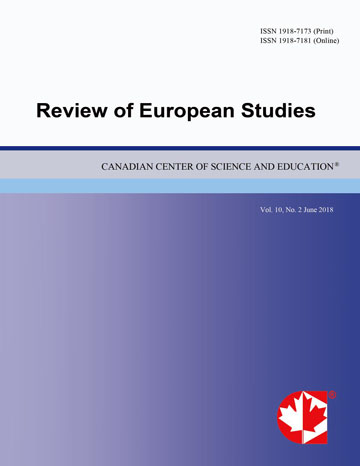Preferences for Rural Living: Naturbanization Versus Accessibility
- Ana M. Ferrero
- Inmaculada Astorkiza
Abstract
This paper aims to determine whether the urban sprawl onto the rustic lands of the Urdaibai Biosphere Reserve (UBR) is driven by the environmental and landscape qualities of this protected natural area and can be defined as “naturbanization”. Aware that residential choice factors are both complex and multidirectional, we have taken, as a comparison scenario, the unprotected rural area which borders with the Reserve (Ex UBR). This enables us to determine whether the housing preferences of new buyers are predominantly driven by the “reserve effect” (naturbanization), or by the appeal of the neighbouring unprotected area which is closer and better communicated to the city (accessibility) and presents less stringent building regulations.
Our findings for the UBR reveal a “reserve effect” that would support the naturbanization hypothesis, but the results obtained in both property markets show that the price-boosting impact of the “accessibility/proximity effect” in unprotected rural land is stronger than that of the UBR “reserve/naturbanization effect”.
Statistical tests conducted on the variables that determine urban sprawl into the non-developable rustic land of protected and unprotected areas serve to establish a definition/characterization of naturbanization that transcends the local/particular and applies to the general, becoming a small theoretical contribution on this issue. We conclude that naturbanization is characterized by factors that influence residential preferences of property buyers (house+rustic land) for protected natural areas. What gives naturbanization a distinctive characteristic is the subjection of such protected areas to specific conservation regulations that restrict choices and decisions of prospective buyers. These facts enrich our understanding of the tradeoffs between nature protection policies and economic development in these areas.
- Full Text:
 PDF
PDF
- DOI:10.5539/res.v8n3p284
Index
- ACNP
- CNKI Scholar
- DTU Library
- Elektronische Zeitschriftenbibliothek (EZB)
- EuroPub Database
- Excellence in Research for Australia (ERA)
- Genamics JournalSeek
- Google Scholar
- Harvard Library
- HeinOnline
- Infotrieve
- JournalTOCs
- Mir@bel
- Open policy finder
- RePEc
- ResearchGate
- ROAD
- Scilit
- Technische Informationsbibliothek (TIB)
- The Keepers Registry
- Universe Digital Library
- WorldCat
Contact
- Paige DouEditorial Assistant
- res@ccsenet.org
